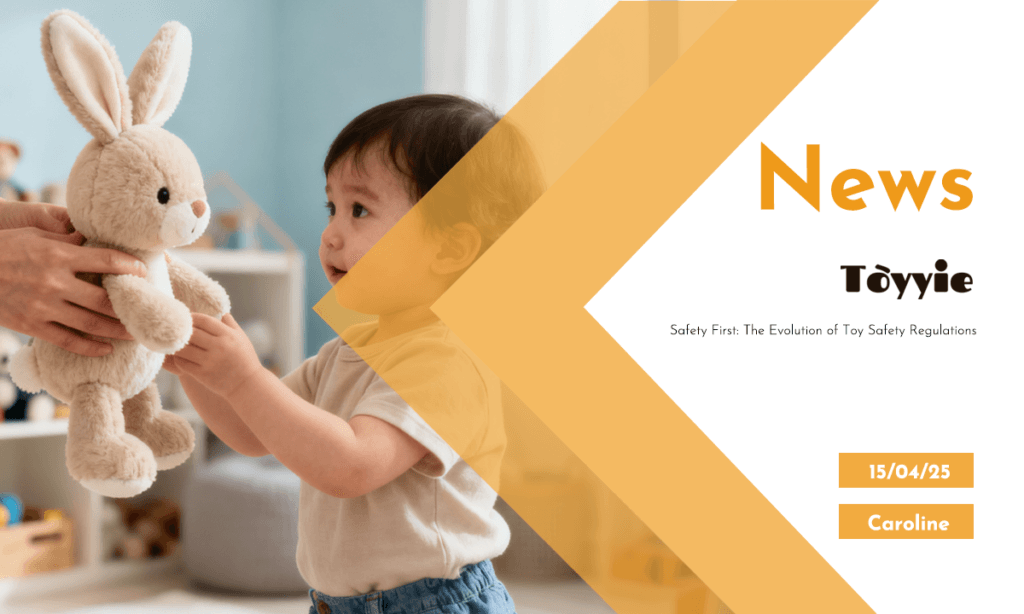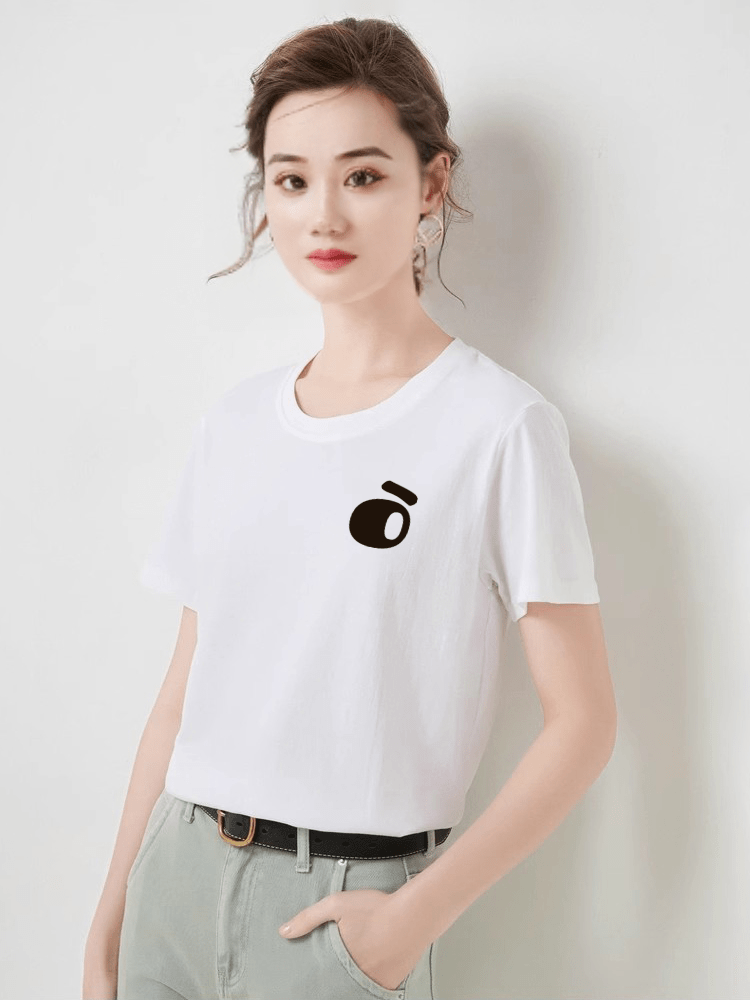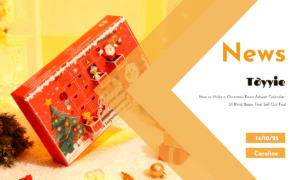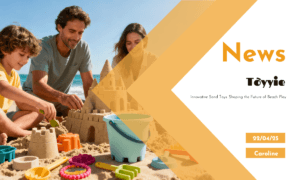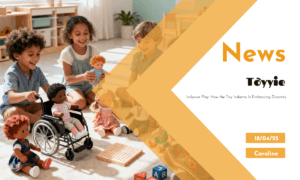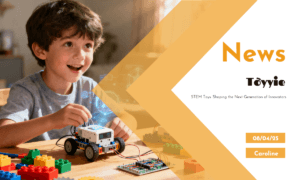📌 Introduction📌
As a parent, I vividly remember the first time I bought a toy for my daughter. It was a soft, plush bunny with floppy ears and a tiny embroidered nose. I held it in my hands, inspecting every stitch, wondering if it was truly safe for her to cuddle and chew on (because, let’s face it, babies put *everything* in their mouths). That moment—standing in the store aisle, torn between excitement and caution—was when I realized just how much trust we place in the toys we give our children.
Toys are more than playthings; they’re tools for learning, creativity, and connection. But they also come with risks. From choking hazards to toxic materials, unsafe toys can pose serious dangers to children. Thankfully, over the years, toy safety regulations have evolved dramatically to protect our little ones. This journey—from virtually unregulated markets to stringent global standards—is not just a story of laws and policies; it’s a testament to how far we’ve come in prioritizing the well-being of children.
In this article, we’ll explore the fascinating history of toy safety regulations, understand why they matter so much today, and look ahead to what the future holds for safer play. Because at the end of the day, every child deserves a toy that sparks joy—not worry.
The Dark Days of Toy Safety: A History of Risks ⚠️
The Wild West of Toys
Before the mid-20th century, toy safety wasn’t even on the radar. Manufacturers operated with minimal oversight, often prioritizing profit over protection. Lead paint? Common. Sharp edges? Standard. Small parts that could easily choke a toddler? No one blinked an eye.
Take, for example, the infamous “Battlestar Galactica” spacecraft toy from the late 1970s. It came with a missile-launching feature that seemed fun—until reports surfaced of children swallowing the small missiles, leading to choking incidents. Or consider the widespread use of lead-based paints in toys during the early 1900s. These toxic coatings were cheap and vibrant but posed severe health risks, especially to young children who might lick or chew their toys.
Tragedies That Sparked Change
It wasn’t until high-profile incidents began making headlines that society woke up to the dangers lurking in toy boxes. One pivotal case occurred in the 1960s when a string of accidents involving flammable dolls prompted public outrage. These dolls, made from highly combustible materials, caught fire easily, causing severe burns to children.
Another watershed moment came in 2007, when millions of toys were recalled due to lead contamination and other hazards. Brands like Mattel faced intense scrutiny after discovering that some of their products contained dangerously high levels of lead paint. Parents around the world panicked, scouring their homes for potentially unsafe items. This scandal became a turning point, galvanizing governments and advocacy groups to demand stricter regulations.
The Rise of Toy Safety Standards: A Global Effort 🌍
The Birth of Regulatory Frameworks
The first major step toward safer toys came in the United States with the **Consumer Product Safety Act (CPSA)** of 1972. This landmark legislation established the Consumer Product Safety Commission (CPSC), tasked with overseeing the safety of consumer goods, including toys.
Then, in 1988, the **ASTM F963** standard was introduced, setting comprehensive guidelines for toy design, materials, and testing. ASTM F963 addressed critical issues such as choking hazards, toxicity, and mechanical risks. Over the years, this standard has been updated multiple times to reflect new challenges and technologies.
Internationally, similar efforts took shape. In Europe, the **EN 71** series of standards became the benchmark for toy safety, covering everything from physical properties to chemical composition. Meanwhile, countries like China implemented their own regulations, aligning with international norms to ensure safer exports.
The Impact of the CPSIA
Perhaps the most significant leap forward came in 2008 with the **Consumer Product Safety Improvement Act (CPSIA)**. Enacted in response to the massive recalls of the previous year, the CPSIA imposed rigorous requirements on manufacturers, including:
– Mandatory third-party testing for all children’s products.
– Strict limits on lead and phthalates (chemicals used to soften plastics).
– Clear labeling of age-appropriate warnings.
These measures transformed the industry, forcing companies to adopt safer practices and giving parents peace of mind.
Why Toy Safety Matters Today 🛡️
Protecting Vulnerable Children
Children are naturally curious—and often fearless. They explore the world by touching, tasting, and testing everything around them. Unfortunately, this makes them especially vulnerable to hazards. According to the CPSC, there were over **200,000 toy-related injuries** treated in U.S. emergency rooms in 2022 alone. Many of these incidents could have been prevented with proper safety measures.
Addressing Modern Challenges
Connected Toys:Smart toys equipped with cameras, microphones, and internet connectivity raise privacy and cybersecurity questions. Could hackers access sensitive data about your child?
Sustainability:As consumers demand eco-friendly products, manufacturers must balance safety with sustainable materials. Biodegradable plastics and non-toxic dyes are becoming increasingly important.
Counterfeit Products:The rise of online marketplaces has led to an influx of counterfeit toys, many of which bypass safety regulations entirely.
Empowering Parents
Today’s parents are more informed than ever, thanks to resources like recall databases, safety certifications, and advocacy organizations. Websites like **Safe Kids Worldwide** and **Parents Against Unsafe Toys** provide invaluable guidance on choosing safe products. By staying vigilant and educated, caregivers can make smarter decisions for their families.
The Future of Toy Safety: Innovations and Predictions 🚀
Advanced Materials
Researchers are developing cutting-edge materials designed to minimize risks while enhancing play experiences. For example:
Self-healing polymers:These materials can repair minor damages, reducing the likelihood of sharp edges or broken parts.
Non-toxic alternatives:Companies are experimenting with plant-based dyes and bioplastics to replace harmful chemicals.
AI and Machine Learning
Artificial intelligence is poised to revolutionize toy safety. Imagine a system that scans a toy’s design and predicts potential hazards before it even hits the market. Machine learning algorithms could analyze vast amounts of data to identify trends and flag problematic products faster than ever before.
Enhanced Testing Protocols
Future testing methods will likely focus on real-world scenarios rather than laboratory conditions. For instance, robots mimicking childlike behaviors could simulate how a toy performs under actual play conditions. Additionally, blockchain technology may be used to track a product’s entire lifecycle, ensuring transparency and accountability.
Global Collaboration
As supply chains become increasingly globalized, international cooperation will be key to maintaining high safety standards. Harmonized regulations across countries will help prevent unsafe products from slipping through the cracks. Organizations like the **International Council of Toy Industries (ICTI)** are already working toward this goal.
How You Can Make a Difference ✨
While regulatory bodies and manufacturers bear much of the responsibility for toy safety, parents and advocates play a crucial role too. Here’s how you can contribute
Stay Informed
Regularly check recall lists and subscribe to updates from organizations like the CPSC. Knowledge is power when it comes to protecting your child.
Advocate for Change
Join or support groups advocating for stronger safety laws. Your voice can influence policy decisions and hold companies accountable.
Choose Wisely
When shopping for toys, look for certifications like ASTM F963 or EN 71 labels. Avoid products with small parts for younger children, and always inspect for signs of damage or wear.
Spread Awareness
Share what you’ve learned with friends, family, and your community. The more people know about toy safety, the better equipped we’ll all be to create a safer world for our kids.
A Safer Tomorrow Starts Today 🌟
Reflecting back on that plush bunny I bought for my daughter, I’m grateful for the progress we’ve made in toy safety. While no system is perfect, the strides we’ve taken give me hope for a future where every child can play without fear.
So, whether you’re a parent, educator, or advocate, remember this: safety isn’t just a regulation—it’s a commitment. Together, we can ensure that the toys our children cherish bring nothing but happiness and wonder.
What steps will you take to champion toy safety in your corner of the world? Share your thoughts in the comments—I’d love to hear how we can all work toward a safer, brighter future for our kids!

